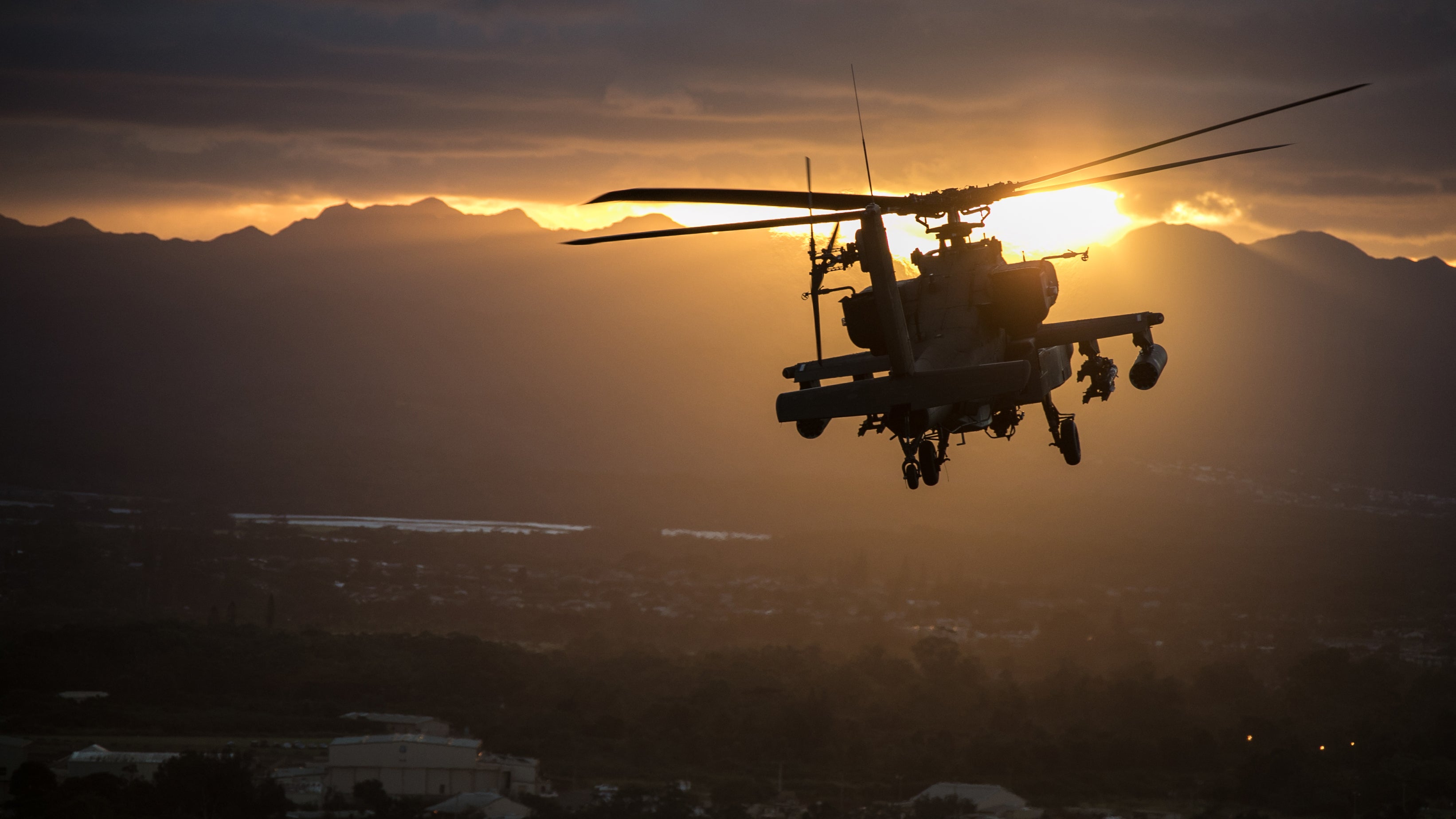Future Vertical Lift Gives Army Aviation ‘Phenomenal’ Edge
Future Vertical Lift Gives Army Aviation ‘Phenomenal’ Edge

Army aviation is on a “fantastic glide slope” as it continues to push ahead to develop next-generation aircraft for the future battlefield, said Maj. Gen. David Francis, commander of the Army Aviation Center of Excellence and Fort Rucker, Alabama.
The aircraft being developed as part of the Future Vertical Lift effort will “inform how we will fight in the future,” Francis said Oct. 15 during a Warriors Corner presentation as part of AUSA Now, the 2020 virtual annual meeting of the Association of the U.S. Army.
“I’m supremely confident that we are going to be ready, when Future Vertical Lift comes to the fleet, to be immediately able to up our game by taking advantage of the absolutely transformational technologies and capabilities that [they] are bringing into the force,” he said.
Future Vertical Lift is one of the Army’s six modernization priorities, and it is considered essential to preparing the force for multidomain operations.
“As a branch, we could not be more excited about the aviation modernization effort with Future Vertical Lift,” Francis said. “The capabilities that are being demonstrated by industry are truly phenomenal and allowing us to get after the asymmetry for the advantage we know we are going to require for large-scale combat operations of the future.”
One example of the progress being made is the Future Vertical Lift Cross-Functional Team’s participation in the recent Project Convergence exercise, which brought together new technologies in a harsh field environment.
“What we really witnessed was the ability to extend and transform the battlefield geometry with the [Future Vertical Lift] ecosystem and the aviation force,” said Brig. Gen. Walter Rugen, director of the Future Vertical Lift Cross-Functional Team.
“We received targets, sensor-to-shooter, space-to-air, air-to-air, air-to-ground and ground-to-air, and they all updated the common operating picture,” Rugen said. “Again, this was with prototype, non-ruggedized capabilities, and those capabilities were taken out and fought in a very tough environment.”
The six-week exercise at Yuma Proving Ground, Arizona, provided a “phenomenal amount of learning,” Rugen said.

